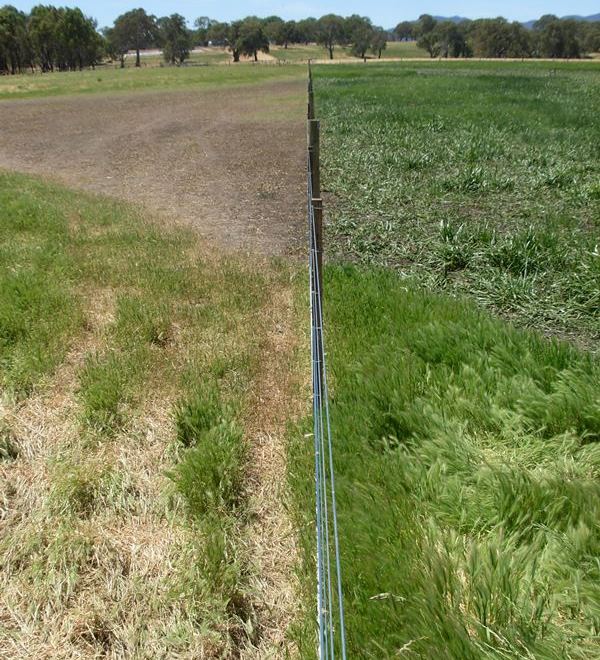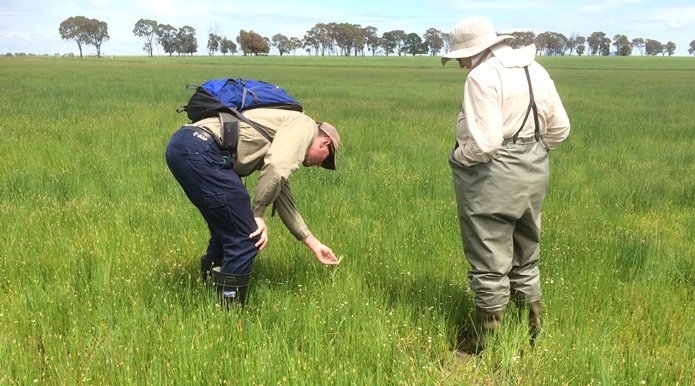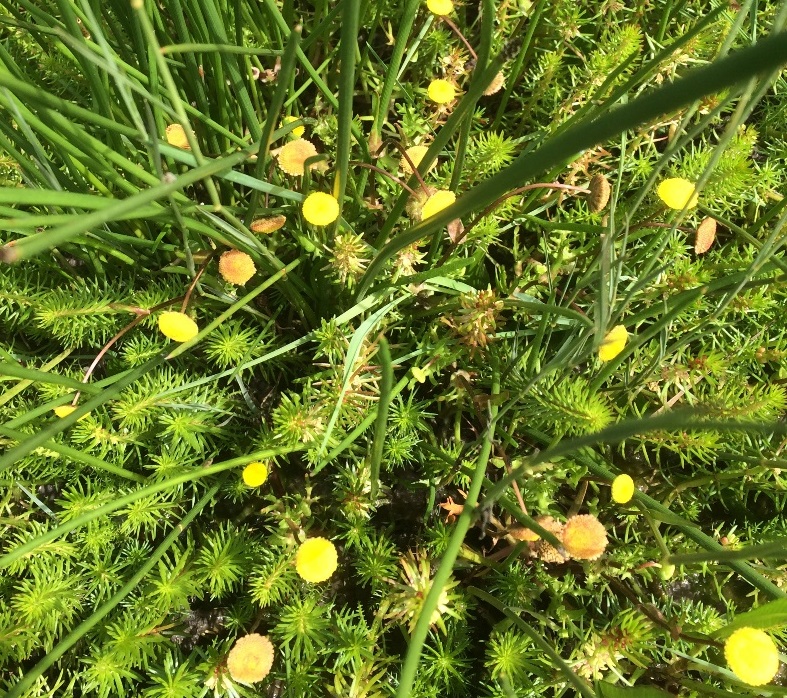The Department of Energy, Environment and Climate Action (DEECA), catchment management authorities (CMAs) and Melbourne Water invest significant resources to manage Victoria’s wetlands. Primarily, management focuses on controlling weeds, revegetating, and fencing to manage livestock access. The Wetland Intervention Monitoring Program (WIMP) is a state-wide, long-term program for assessing the effectiveness of these common management activities which will be evaluated over different phases of the program. WIMP has been developed by DEECA and is being delivered in collaboration with CMAs, landholders, and scientists.
About 68% of the state’s wetlands are on private land and fencing to manage livestock access is a common management action. WIMP Phase 1 is studying how different grazing regimes affect the health of wetlands on private land across Victoria. While managing livestock access is a common strategy to protect wetlands, it is unclear how effective this strategy is. WIMP Phase 1 aims to understand responses of wetland vegetation to different grazing management practices and if responses vary depending on wetland type or location in the landscape.
At the trial sites, established between 2017 and 2019, there are paired plots 0.25 ha in size. One plot is open to livestock grazing while the other plot is fenced and is not grazed by livestock. This design allows us to test if the complete exclusion of livestock is better, the same, or worse than the current grazing regime.
Grazing regimes at the study sites vary in the type of grazing animal, the duration and timing of grazing and the number of livestock. Some sites are grazed by cattle and others by sheep, some sites are grazed for short periods (weeks) and others are grazed for extended periods (> 3 months to continuous) with various stocking rates.



Early results suggest that responses to grazing exclusion are highly variable among sites and appear to be influenced by the level of grazing pressure, the presence of weeds and the duration of wetland inundation. At some sites, vegetation in the fenced plots has remained similar to the open plots. At other sites, plants in the fenced plots have become taller and the amount of leaf litter has increased when compared with the open plots. Exotic plants at some sites have become more abundant in the fenced plots compared with the open plots.
Annual monitoring of sites will continue each year until 2024, when the data will then be analysed, and the results reported. The findings from Phase 1 will help identify ways to improve grazing management guidance and better target future government investment in grazing management for healthy wetland outcomes.
For more information contact: kaylene.morris@delwp.vic.gov.au
The fact sheet below provides a detailed overview of the program:
Cameras set on time-lapse to track changes in vegetation, inadvertently captured many of the birds that are using the wetlands near Dundonnell, western Victoria. We've compiled the images into the video below titled 'Look who's visiting our wetlands', which can also be viewed on the DELWP YouTube channel:
Page last updated: 21/03/25